
iShares Core MSCI World ETF
Price
Debate sobre IWDA
Puestos
972Annual target achieved
I reached my target of €40,000 with the last savings plan.
My goal for next year is €70,000.
Savings rate:
- 2,000 € in $IWDA (-0,06 %)
200 € in $BTC (-2,67 %)
If there is anything left over, it goes into individual assets.
Maybe the industry will stock up a little more
Bull markets do not last forever
$CSPX (-0,21 %)
$IWDA (-0,06 %)
$CSNDX (-0,45 %)
New research uncovers the math behind stock returns and advises investors to prepare for shocks
Javier Estrada's latest study„Expected Stock Returns in Bullish Times" sheds light on the mathematical factors that influence stock returns - and explains why the current market exuberance should be viewed with caution.
By analyzing more than 150 years of US market data (1872-2024), Estrada has broken down annual returns into their main components: Dividend yield, earnings growth and changes in the price-to-earnings ratio. His findings show why the conditions for sustained above-average earnings rarely persist for long, especially after strong bull markets.
Lessons from bull markets throughout history
Estrada's analysis of the US market shows that periods of rapid earnings growth are rarely accompanied by a simultaneous expansion of price-to-earnings ratios. In fact, these two factors have exhibited a negative correlation over decades (correlation coefficient of -0.5) - meaning that investors do not simultaneously drive up valuations during periods of rapid earnings growth and vice versa. This relationship becomes particularly critical when markets reach extreme valuations, as was the case both in the late 1990s and in the current situation.
His analysis shows that the current market situation - high price-to-earnings ratios, low dividend yields and optimism driven by recent returns - bears some similarities to the situation in 1999. Back then, the S&P 500 posted impressive gains, but valuations reached unsustainable levels. When the reversion to the mean finally began, returns over the following decade were disappointingly low (just 0.1% annualized before inflation
Why high returns are harder to sustain
Estrada's modeling shows that the expectation of high future returns in exuberant markets requires at least one of two conditions: extremely rapid earnings growth or a sharp widening of price-to-earnings ratios, or both. History shows that these conditions are rarely met simultaneously - expecting them now is increasingly unrealistic.
When fundamentals such as earnings and dividends return to their long-term averages, future returns will fall.
Estrada estimates that if fundamentals normalize, annualized returns of around 0.4% could be achieved over the next ten years.
Key findings for investors:
Valuation before extrapolation
What is the actionable advice for retail investors?
Estrada's work calls for a readjustment of expectations:
- Please be prepared for lower stock market returns over the next ten years, especially if reversion to the mean occurs.
- Avoid recency bias - the urge to believe that a recent strong performance will continue indefinitely.
- Prioritize fundamental valuations (dividend yield, earnings growth rate, price-to-earnings ratios) over tracking performance.
- Consider a more conservative allocation to equities and diversify your exposure to other risk assets such as private credit, infrastructure, real estate and market neutral long-short strategies, such as those used by AQR Style Premia Alternative QSPRX for example.
Estrada's analysis of equity returns over a 150-year period conveys a clear message: the higher markets go, the less likely it is that all factors affecting returns will remain positive. The negative correlation between earnings growth and P/E expansion means that both factors rarely increase returns simultaneously over long periods of time.
Today's market environment of expensive stocks and low yields presents a major challenge to sustaining recent gains. A perfect (and historically rare) combination of rising earnings and multiplying valuations would be required to justify optimistic forecasts.
Rather than speculating about the right time, Estrada recommends paying close attention to valuations and preparing portfolios for lower returns. Reversion to the mean - the tendency of markets to revert to historical averages - is one of the most enduring features of the stock market. Investors who heed these lessons will be far better positioned to weather the eventual turn in the cycle
For investors, the message is clear: base your expectations on historical data, not hopes. Strong bull markets will eventually be replaced by periods of moderate or even negative returns - and preparing for this change is a sign of discipline.
Own assessment:
Admittedly, this is not an entirely new insight for informed and aware investors. In view of the current market conditions, however, I wanted to share the summary of the study with you in order to provide new market participants in particular with an analytical and long-term (150-year) orientation.
The author(s) do not own shares in the securities mentioned in this article. Find out more here Redaktions-Richtlinien von Morningstar.
Larry Swedroe is a freelance writer. The opinions expressed here are the author's. Morningstar values diversity of thought and publishes a broad range of viewpoints.
Source

UPDATE November and YTD
Hello my dears,
a short UPDATE.
In a correction, my growth portfolio often underperforms the comparable market.
This was also the case in November.
Perhaps I am not yet conservative enough here, especially when it comes to a bear market.
What do you think?
Because I have usually performed better than the comparable market in strong months.
I am still better than the market YTD.
The tops and flops are attached.
With the tops you can see that Pharma has run.
The reason at Googel should be known.
At Albemarle, the rise in lithium prices
With the flops
were the earnings at elf Beauty,
the AI correction at Innodata,
at AeroVironment a correction of the defense values (peace negotiations)
the capital increase at Kitron,
November performance
Tenbagger - 4.58 %
Core S & P 500 ETF $CSPX (-0,21 %) - 0,47 %
NASDAQ 100 ETF $CSNDX (-0,45 %) - 2,27 %
World ETF $IWDA (-0,06 %) - 0,36 %
YTD Performance
Tenbagger + 11.17 %
S & P 500 ETF $CSPX (-0,21 %) + 3,49 %
NASDAQ 100 ETF $CSNDX (-0,45 %) + 6,79 %
World ETF $IWDA (-0,06 %) + 5,87 %
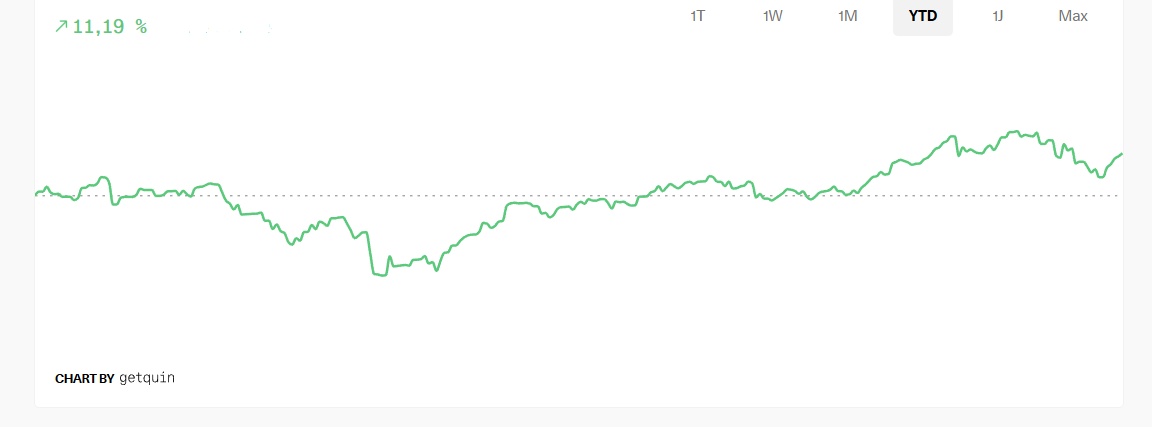
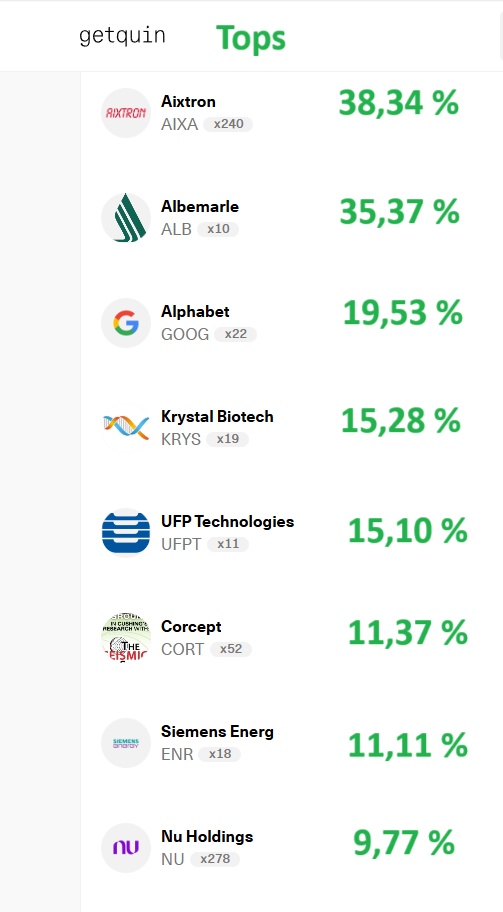
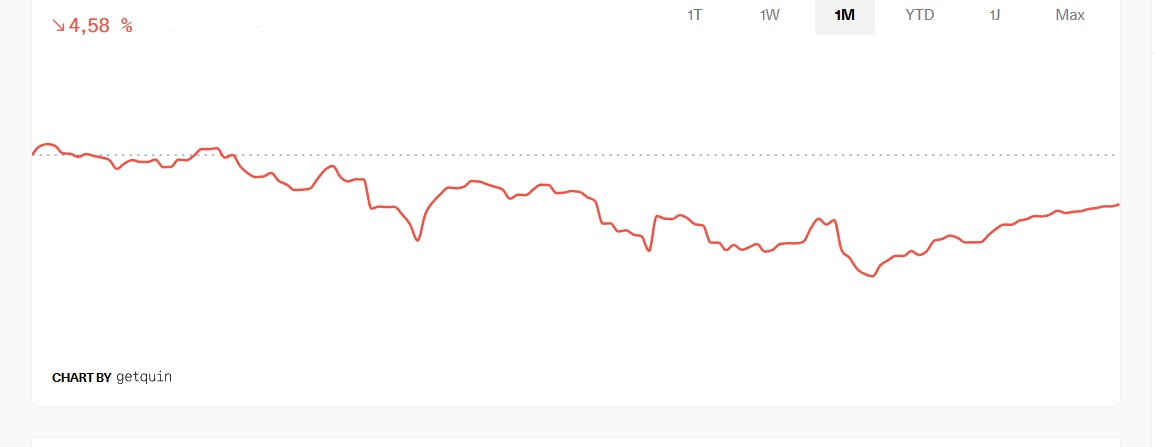
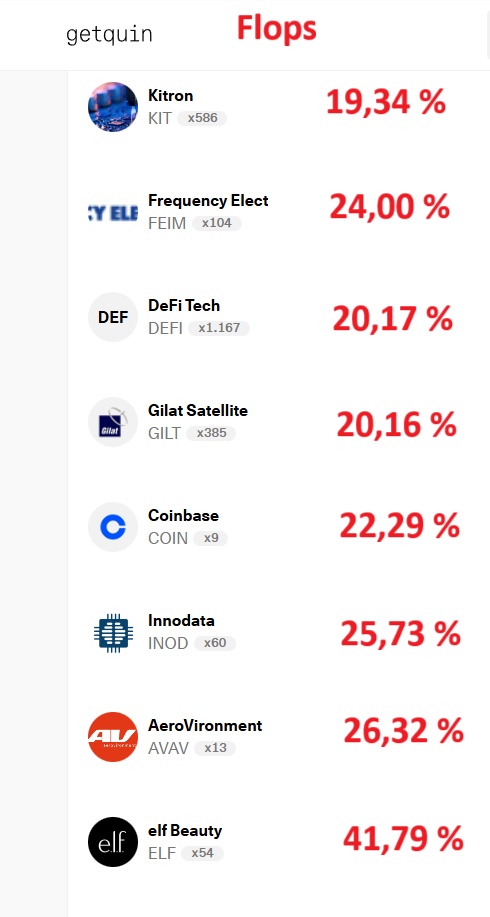
Depot roast
Dear Community,
After reading all the posts with great enthusiasm, I would like to hear your opinion on my portfolio today.
A few words about me:
I am 27 years old and bought my first share around 2019. Since then, I've unfortunately made a few mistakes and made a mistake ($KER (+1,89 %) , $NOVO B (+0,03 %) , $PUM (+3,96 %) ). At that time, I unfortunately always had the approach that if it had fallen sharply, it had to go up again at some point...
That's why I've now increased my ETF holdings somewhat. The idea is to build up the portfolio mainly with ETFs and to improve the return with a few shares. However, I'm not really satisfied with the return yet...
I currently invest €3100 a month together with my partner, mainly in the $IWDA (-0,06 %) and $VWCE (+0 %) .
500€ flow into $BTC (-2,67 %) .
I am looking forward to your opinion.
P.s.: I am aware that the stocks in the MSCI world, ftse world and s&p are duplicated. There are historical reasons why they are in my portfolio and they don't bother me at the moment.
Core / Satellite growth stocks wanted
Good morning everyone,
In the past, the community has clearly demonstrated that together we are an absolute added value for 🤑🤑🤑.
That's why I'm asking for your help :-) I am looking for mid-/long-term growth stocks to complement my core around $IWDA (-0,06 %)
$CSPX (-0,21 %)
$MEUD (+0,55 %)
$EIMI (-0,22 %)
$QDV5 (+0,34 %) to complement it.
Currently set are $NVDA (+0,72 %)
$GOOGL (-0,62 %)
$IBM (-0,02 %)
$SOFI (-3,51 %)
$IREN (-10,22 %)
$LMND (-2,74 %)
$RKLB (-8,21 %)
$BTC (-2,67 %) - DCA
What ideas do you have?
LG
BREAKING : President Trump announced an economic and trade agreement between the USA 🇺🇸 and CHINA🇨🇳
$CSPX (-0,21 %)
$IWDA (-0,06 %)
$EIMI (-0,22 %)
$CSNDX (-0,45 %)
$VUSA (-0,2 %)
$VHYL (+0,28 %)
$SPYI (+0 %)
$HMWO (-0,01 %)
President Trump announced an economic and trade agreement between the USA and China:
- China suspends all retaliatory tariffs and non-tariff measures imposed since March 4
- China issues new general licenses for the export of rare earths and suspends new export controls.
- China pledges to stop the flow of fentanyl to the US
- China will buy at least 12 million tons of US soybeans
- The USA reduces tariffs on Chinese goods by 10 percentage points
The biggest de-escalation in relations between the US and China since the start of the trade war.
China 🇨🇳 will suspend all retaliatory tariffs and non-tariff measures in place since March 4, lift export controls on rare earths, issue global licenses for rare earths and critical minerals such as gallium and graphite, and commit to buying 12 million tons of US soybeans this year and 25 million tons annually through 2028. China will also take "significant measures" to stop fentanyl shipments to the US.
In return, the U.S. 🇺🇸 will reduce tariffs on Chinese imports imposed to curb fentanyl trade by 10 percentage points of the cumulative tariff rate, effective November 10, 2025, extend Section 301 tariff exemptions through November 2026, and suspend new export control measures for one year.
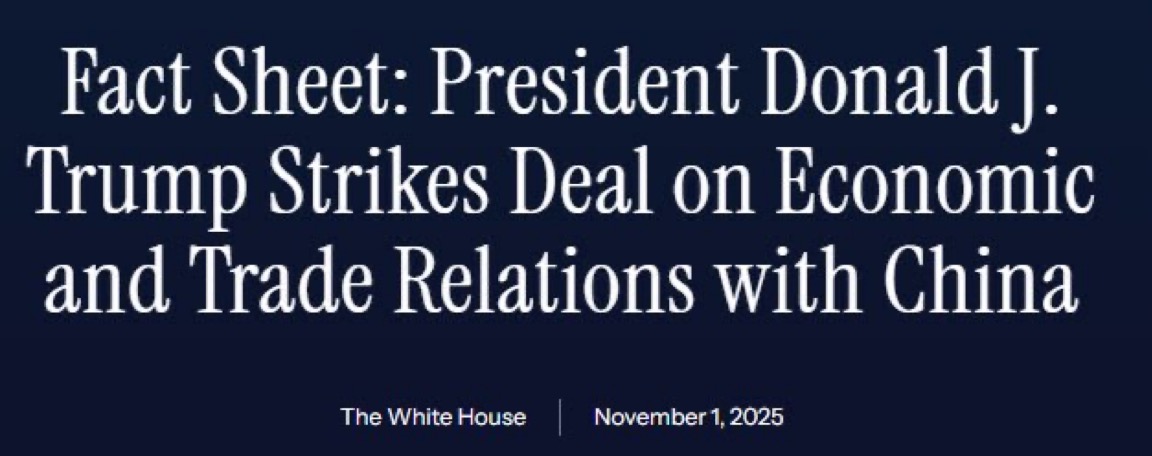
Valores en tendencia
Principales creadores de la semana













